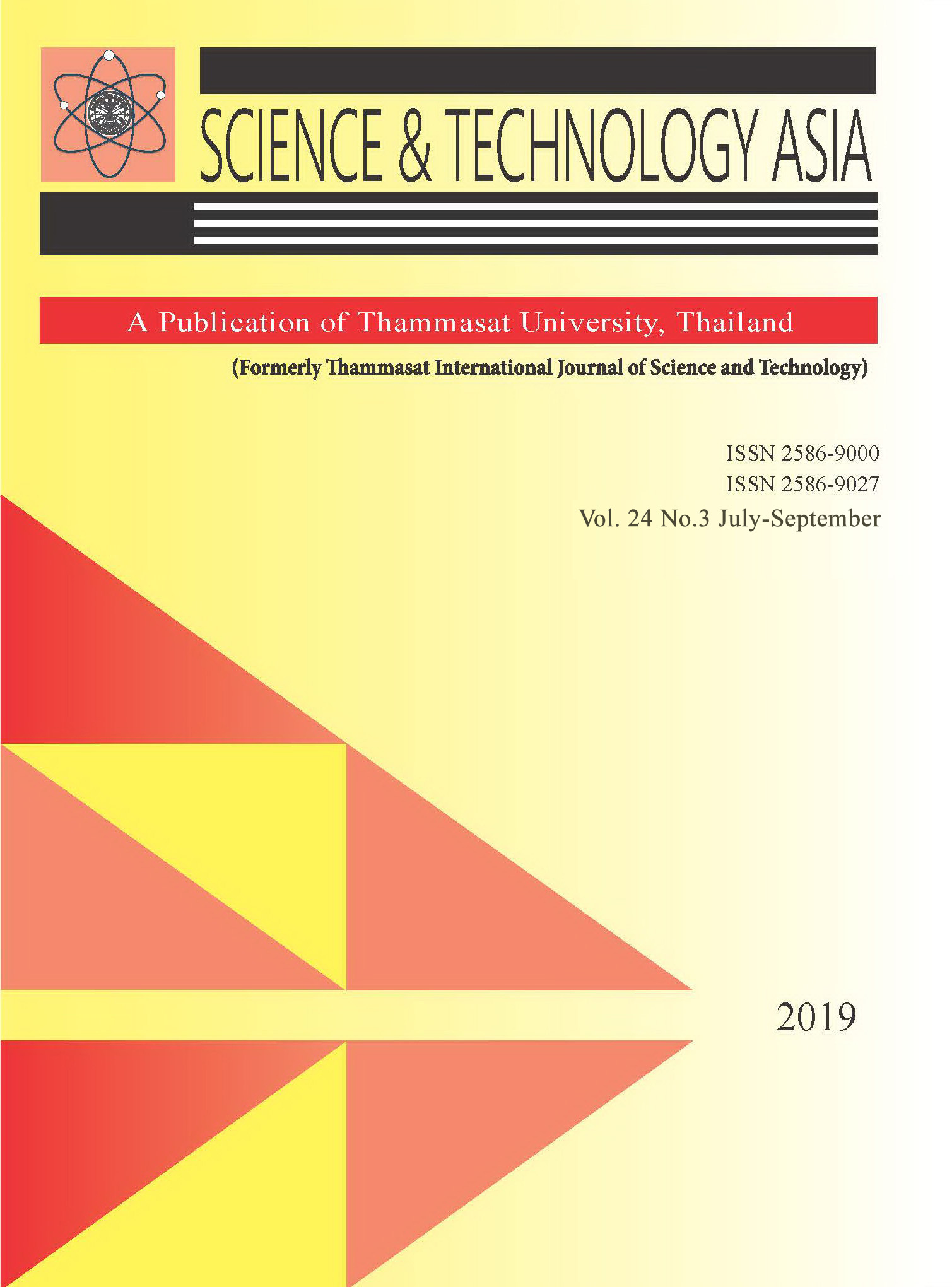Effects of Light-Emitting Diode Light Irradiance Levels on Yield, Antioxidants and Antioxidant Capacities of Indigenous Vegetable Microgreens
Keywords:
Artificial lights, PPFD, Phenolic compounds, Antioxidant activity, MicrogreensAbstract
Light-Emitting Diode (LED) lights allow specific wavelengths to be selected. These may be associated with microgreen growth, nitrate accumulation, and synthesis of bioactive compounds. The objective of this study was to assess the effect of LED irradiance on the yield, antioxidant production, and antioxidant capacity of microgreens from five traditional vegetables: rat-tailed radish (Raphanus sativus Linn var. caudatus Ale.), water convolvulus (Ipomoea aguatica Forsk), red holy basil (Ocimum sanctum L.), dill (Anethum graveolens L.), and lemon basil (O. africanum Lour). Samples were grown on a peat substrate in a controlled environment ( 8-12 days from sowing to harvesting, 25+2 ºC and 16-h photoperiod, 0.05% CO2 concentration, and 60+2% RHs). Light irradiance levels of 330, 220, and 110 µmol.m-2. s-1 photosynthetically active flux density (PPFD) were compared, with fluorescence lighting as control. The different species showed different responses to irradiance levels. Irradiance at 330 µmol.m-2.s-1 PPFD was found to be optimal for growth and accumulation of bioactive compounds by water convolvulus, red holy basil, dill, and lemon basil microgreens, producing the greatest dry weight, total phenolic and flavonoid content, and ABTS and DPPH free radical scavenging. Rat-tailed radish microgreen was not significantly responsive to the irradiance level. We recommend the use of LED lighting to enhance productivity and promote higher production of bioactive compounds in indigenous vegetable microgreen cultivation.








